Home>diy>Building & Construction>What Is A Corbel In Construction
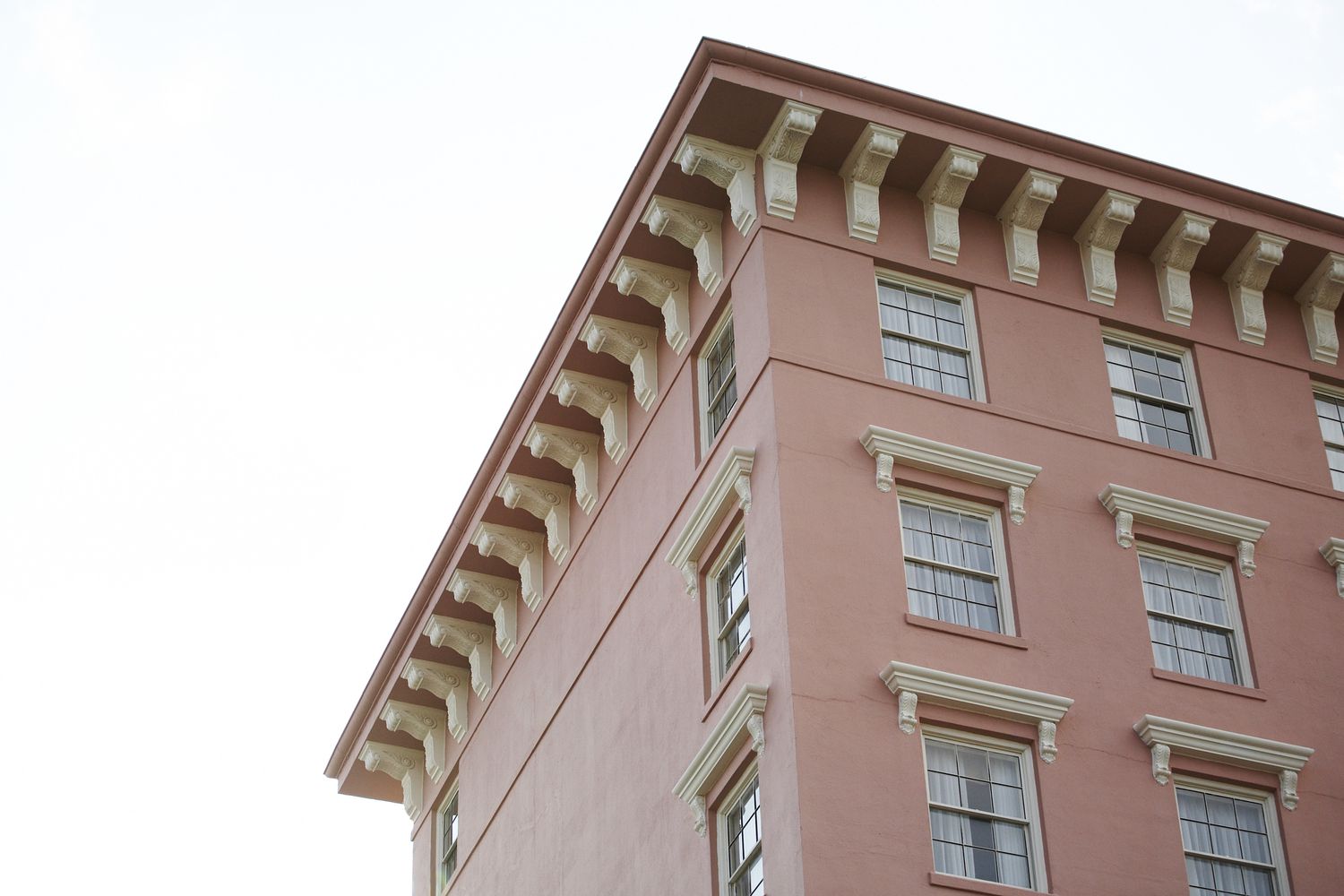

Building & Construction
What Is A Corbel In Construction
Modified: March 25, 2024
Learn about corbels in construction and how they are used in building-construction to provide structural support and add architectural detail.
(Many of the links in this article redirect to a specific reviewed product. Your purchase of these products through affiliate links helps to generate commission for Storables.com, at no extra cost. Learn more)
Introduction
In the world of construction, every detail matters. From the foundation to the finishing touches, every element contributes to the strength, stability, and visual appeal of a building. One such architectural feature that plays a crucial role in both aesthetics and structural integrity is the corbel.
Corbels have been used in construction for centuries, dating back to ancient civilizations. These architectural brackets serve both functional and decorative purposes, adding a touch of elegance and supporting weight in various building applications.
In this article, we will explore what exactly a corbel is, its purpose in construction, the different types and materials used, the installation process, and the benefits it provides. So, let’s dive in and uncover the fascinating world of corbels in construction!
Key Takeaways:
- Corbels are versatile architectural elements that provide both structural support and aesthetic enhancement, contributing to the stability and visual appeal of buildings across various architectural styles and historical periods.
- From supporting overhangs to adding intricate details, corbels play a crucial role in construction, offering flexibility in design and material selection while preserving historical and cultural significance.
Read more: What Is Construction
Definition of a Corbel
A corbel is a structural or decorative element that protrudes from a wall, column, or support beam to provide support, add ornamental detail, or both. It is typically made of stone, wood, or concrete and is designed to distribute the weight of an overhead load or accentuate the architectural style of a building.
Corbels come in various shapes, sizes, and designs, allowing for a wide range of creative possibilities in architectural design. They can be simple and understated, or intricately carved and highly ornamental, depending on the desired aesthetic effect.
In terms of structure, corbels serve as cantilevers, which means they extend beyond the supporting structure without additional reinforcement. They are typically installed horizontally, creating a shelf-like surface that can bear the weight of a cornice, balcony, arch, or other architectural elements.
Corbels can be found in a variety of architectural styles, including Classical, Gothic, Renaissance, and Art Nouveau. Regardless of the style, their primary function remains the same – to provide support and add visual interest to a building.
Purpose of Corbels in Construction
Corbels serve several essential purposes in construction, making them a versatile and important architectural feature. Let’s take a closer look at their various functions:
- Support: One of the primary purposes of corbels is to provide support for overhanging elements such as cornices, balconies, or arches. By extending from the wall or column, corbels create a stable platform that helps distribute the weight and prevent sagging or collapsing. They act as a structural support system, ensuring the stability and longevity of the building.
- Enhanced Aesthetics: Corbels are not just practical but also add a touch of elegance and visual interest to a building. With their varied designs and intricate carvings, corbels can enhance the architectural style and overall aesthetics. They serve as decorative elements that highlight the craftsmanship and create a focal point in the design.
- Transition and Visual Breaks: Corbels can also help create smooth transitions between different architectural elements. They act as visual breaks or separators, adding depth and dimension to the facade. For example, corbels can be used to transition from a lower level to an upper level, breaking up the monotony of a plain wall surface.
- Historical and Cultural Significance: In some cases, corbels carry historical and cultural significance. They can be seen as architectural elements that reflect the traditions and craftsmanship of a particular era or region. Preserving and incorporating corbels in construction projects can help maintain the cultural heritage and architectural history of a place.
Overall, corbels serve a dual purpose of providing structural support while enhancing the visual aesthetics of a building. They are an integral part of architectural design and are often used to add character, elegance, and uniqueness to both modern and traditional structures.
Types of Corbels
Corbels come in a variety of shapes and styles, each with its own unique characteristics and design possibilities. Let’s explore some of the most common types of corbels:
- Simple Corbels: These corbels are characterized by their clean and minimalist design. They typically have a rectangular or square shape and a smooth or slightly curved surface. Simple corbels are often used in contemporary or modern architectural styles, where the emphasis is on sleekness and simplicity.
- Scroll Corbels: Scroll corbels have a distinctive curved shape resembling the scroll of a violin or the letter “S.” They add a sense of elegance and fluidity to a design and are commonly used in classical and traditional architectural styles. Scroll corbels can be highly ornate, featuring intricate carvings and embellishments.
- Bracket Corbels: Bracket corbels are characterized by their L-shaped or triangular design. They are often used in combination with other architectural elements, such as beams or arches, to provide additional support and visual interest. Bracket corbels can range from simple, straight designs to more elaborate and decorative shapes.
- Animal or Figure Corbels: These corbels are designed in the shape of animals, mythical creatures, or human figures. They add a whimsical and playful touch to a building’s facade and can be found in historical or fantasy-inspired architectural styles. Animal or figure corbels are often used as decorative features in entrances, doorways, or corners.
- Foliage Corbels: Foliage corbels feature intricate carvings of leaves, branches, flowers, or other plant motifs. They are commonly used in nature-inspired architectural styles or to add a touch of natural beauty and organic elements to a design. Foliage corbels can be highly detailed and visually striking.
These are just a few examples of the many types of corbels available. The choice of corbel design will depend on the architectural style, desired aesthetic effect, and functional requirements of the construction project. Corbels offer endless design possibilities, allowing architects and designers to create unique and visually captivating structures.
Materials Used for Corbels
Corbels can be constructed from a wide range of materials, each offering unique characteristics and aesthetic appeal. The choice of material depends on various factors, including the intended use of the corbel, the architectural style, and the budget. Here are some common materials used for corbels:
- Stone: Stone is a popular choice for corbels due to its durability and timeless beauty. Materials such as limestone, granite, marble, or sandstone are commonly used. Stone corbels can be intricately carved to achieve intricate patterns and details, making them ideal for traditional or classical architectural styles.
- Wood: Wood corbels offer natural warmth and versatility in design. Different types of wood, such as oak, walnut, or maple, can be used. Wood corbels can be handcrafted and carved with intricate details, making them a popular choice for both historic restoration projects and contemporary designs.
- Concrete: Concrete corbels provide strength and durability while offering a wide range of design possibilities. Concrete can be poured into customized molds or cast with pre-designed patterns, allowing for the creation of unique shapes and textures. Concrete corbels are often used in modern or industrial-style architecture.
- Metal: Metal corbels, such as iron or steel, are known for their strength and industrial aesthetic. They can be fabricated in various shapes and sizes, offering a contemporary and minimalist look. Metal corbels are commonly used in commercial or urban settings where a sleek and modern appearance is desired.
- Composite Materials: Composite materials, such as fiberglass-reinforced polymer (FRP) or high-density polyurethane (HDPU), are becoming increasingly popular for corbel construction. These materials offer durability, versatility, and lightweight properties. They can be molded into a wide variety of shapes and designs, including intricate details and patterns.
Ultimately, the choice of material will depend on the specific requirements of the project, including the desired aesthetic, budget, and structural considerations. By selecting the appropriate material, architects and designers can create corbels that not only provide functional support but also contribute to the overall beauty and character of the building.
When using corbels in construction, ensure they are properly designed and installed to provide adequate support for the load they will bear. Consult with a structural engineer if needed.
Read more: What Is Drainage In Construction
Installation Process for Corbels
The installation process for corbels may vary depending on the specific design, material, and location within the building. Here is a general overview of the steps involved in installing corbels:
- Planning and Measurement: Start by carefully planning the placement of the corbels. Take accurate measurements and ensure that the chosen location can support the weight of the corbel and any additional load it will bear.
- Preparation of the Wall Surface: Prepare the wall surface where the corbel will be installed. This may involve cleaning, leveling, and removing any old paint or debris to ensure a smooth and solid foundation.
- Marking and Layout: Mark the desired location for the corbel on the wall. Use a level and measuring tools to ensure accurate placement and alignment.
- Application of Adhesive or Mortar: Apply a suitable adhesive or mortar to both the back of the corbel and the prepared wall surface. The type of adhesive or mortar will depend on the chosen material and the recommendations of the manufacturer.
- Placement of Corbel: Carefully place the corbel onto the wall surface, pressing it firmly and making sure it is level and aligned with the markings. Use a rubber mallet or similar tool to gently tap it into place, ensuring proper adhesion.
- Secure Attachment: Depending on the size and weight of the corbel, additional measures may be necessary to ensure a secure attachment. This may include using screws, anchors, or brackets for extra support.
- Finishing Touches: Once the corbel is securely attached, clean off any excess adhesive or mortar that may have seeped out. Touch up any necessary paint or finish to match the surrounding area and blend the corbel seamlessly into the overall facade.
It is important to follow the manufacturer’s guidelines and consult with professionals in the construction industry when installing corbels, especially for large or complex designs. Proper installation ensures the longevity, stability, and safety of the corbels and the building as a whole.
Advantages of Using Corbels in Construction
Corbels offer several advantages in construction, making them a valuable architectural element. Here are some key benefits of using corbels:
- Structural Support: One of the primary advantages of corbels is their ability to provide structural support. They help distribute the weight of overhanging elements, preventing sagging or collapsing. By offering additional support, corbels contribute to the stability and longevity of the building.
- Aesthetic Enhancement: Corbels are not just functional but also add a touch of visual interest to a building. They can enhance the architectural style, create a focal point, and add character to the facade. Corbels come in various designs and materials, allowing for customization and uniqueness in the overall design.
- Flexibility in Design: With a wide range of shapes, sizes, and styles, corbels offer flexibility in design. They can be used in various architectural styles, from historic and traditional to modern and contemporary. The versatility of corbels allows architects and designers to create visually striking structures tailored to the specific design goals.
- Preservation of Historical Characteristics: In restoration projects or in buildings with historical significance, corbels play an essential role in preserving the architectural heritage. By incorporating or recreating corbels, architects can maintain the original style and aesthetic of the structure, providing a link to the past.
- Visual Breaks and Transitions: Corbels can be used strategically to create visual breaks and transitions between different architectural elements. They add depth and dimension to the facade, breaking up a plain or monotonous wall surface. Corbels can also be used to transition from one level to another, creating a sense of visual flow.
- Durability and Longevity: Depending on the material chosen, corbels can offer exceptional durability and longevity. Materials such as stone, wood, or concrete are sturdy and can withstand the test of time. Properly installed and maintained corbels can provide structural support and visual appeal for many years.
Corbels combine both functionality and aesthetics, making them a valuable addition to any construction project. They offer structural support, enhance the overall design, and contribute to the architectural character of a building. Whether used in modern or historical settings, corbels provide a timeless and elegant appeal that adds value to the structure.
Considerations for Corbel Design
When designing corbels for a construction project, there are several important considerations to keep in mind. These factors will help ensure that the corbels not only provide the necessary support but also contribute to the overall aesthetic appeal of the building. Here are some key considerations for corbel design:
- Functional Requirements: The first consideration is the functional requirement of the corbel. Determine the specific load that the corbel needs to bear and ensure that the design and material chosen can adequately support that load. Collaborate with structural engineers to determine the right size, shape, and material for the corbel to ensure its structural integrity.
- Architectural Style: The corbels should align with the architectural style of the building. Consider the overall design and choose corbels that complement the style, whether it is classical, modern, Gothic, or any other architectural style. The shape, ornamentation, and material should be in harmony with the overall aesthetic vision.
- Proportion and Scale: Pay attention to proportion and scale when designing corbels. They should be proportionate to the size of the building and the other architectural elements. Oversized corbels can appear overwhelming, while undersized corbels may not provide sufficient support or visual impact. Strive for a balance that harmonizes with the overall design.
- Material Selection: Consider the material options for the corbels and choose one that best suits the design, budget, and maintenance requirements. The material should be sturdy, durable, and preferably weather-resistant. Different materials, such as stone, wood, concrete, or metal, offer different aesthetic qualities, so choose one that aligns with the desired visual effect.
- Ornamentation and Detailing: Decide on the level of ornamentation and detailing for the corbels based on the desired aesthetic impact. Traditional styles may feature intricate carvings and embellishments, while modern styles may favor clean lines and simplicity. Consider the surrounding architectural elements and strive for a cohesive design language.
- Installation and Maintenance: Plan for proper installation and future maintenance of the corbels. Ensure that they are securely anchored to the structure and that any necessary sealing or finishing is applied to protect them from the elements. Consider the accessibility for maintenance or potential repairs in the future.
By carefully considering these factors, designers and architects can create corbels that not only provide structural support but also enhance the overall aesthetic appeal of the building. It is essential to balance functionality, architectural style, and attention to detail to achieve a successful corbel design.
Examples of Corbels in Architecture
Corbels have been used in architecture for centuries and can be found in various structures around the world. These decorative and functional elements have left their mark on iconic buildings, showcasing the versatility and beauty of corbel design. Here are some notable examples of corbels in architecture:
- Notre-Dame de Paris: The famous cathedral in Paris, France, features an abundance of corbels in its Gothic architecture. Delicate, intricately carved corbels can be seen supporting the flying buttresses, adding ornate details to the exterior of the cathedral.
- Hagia Sophia: Located in Istanbul, Turkey, Hagia Sophia showcases impressive Byzantine architecture. The interior of the structure is adorned with corbels supporting the massive domed ceiling. These corbels feature intricate carvings of foliage, geometric patterns, and mythical creatures.
- Château de Chambord: This iconic French castle in the Loire Valley exhibits Renaissance architecture and features decorative corbels throughout its facade. The corbels in Chambord display intricate detailing, including animal figures, facial motifs, and scroll designs.
- Charleston Single Houses: Found in Charleston, South Carolina, these historical houses utilize corbels to support the iconic double-decker porches. The corbels, often made of wood, provide both structural support and decorative elements, adding charm and character to these traditional Southern homes.
- Taj Mahal: The magnificent ivory-white marble mausoleum in Agra, India, is a masterpiece of Mughal architecture. Corbels can be seen throughout the exterior, supporting the intricate arches and showcasing delicate floral and geometric designs.
- Bank of China Tower: This modern skyscraper in Hong Kong features a distinctive design with various decorative corbels along its façade. The corbels in this building create a visual break in the verticality and add a unique aesthetic element to the structure.
These are just a few examples of the many buildings that incorporate corbels in their architectural design. Whether in historical landmarks or contemporary structures, corbels continue to be utilized to enhance the beauty and functionality of buildings around the world.
Read more: What Is An AHA In Construction
Conclusion
Corbels are not simply decorative elements; they serve as crucial components in architectural design, providing both structural support and aesthetic appeal. These architectural brackets have been used for centuries, with their presence found in landmarks and buildings across different eras and architectural styles.
From supporting overhangs to adding intricate details, corbels play a significant role in construction. They contribute to the stability and longevity of a building by distributing weight and preventing sagging or collapsing. Moreover, corbels enhance the overall aesthetic of a structure, adding character, elegance, and visual interest.
When designing corbels, it is important to consider the functional requirements, architectural style, proportion, scale, material selection, and detailing. By carefully considering these elements, architects and designers can ensure that the corbels not only serve their purpose but also contribute harmoniously to the overall design of the building.
With a range of materials available, such as stone, wood, concrete, and metal, corbels offer flexibility in design, allowing for customization and the creation of unique structures. From simple and minimalist designs to intricate carvings and ornamental motifs, corbels can be tailored to different architectural styles and design visions.
Whether it’s the delicate corbels supporting the flying buttresses of Notre-Dame de Paris or the decorative elements adorning the Charleston Single Houses in South Carolina, corbels have made an indelible mark on architecture worldwide. Their presence in historic and contemporary buildings highlights their enduring significance in the realm of construction.
In conclusion, corbels are truly a remarkable architectural feature. They combine functionality, structural support, and artistic expression to create visually captivating and structurally sound structures. As the world of construction continues to evolve, corbels will undoubtedly remain an essential element, contributing to the beauty, stability, and architectural heritage of buildings for generations to come.
Frequently Asked Questions about What Is A Corbel In Construction
Was this page helpful?
At Storables.com, we guarantee accurate and reliable information. Our content, validated by Expert Board Contributors, is crafted following stringent Editorial Policies. We're committed to providing you with well-researched, expert-backed insights for all your informational needs.
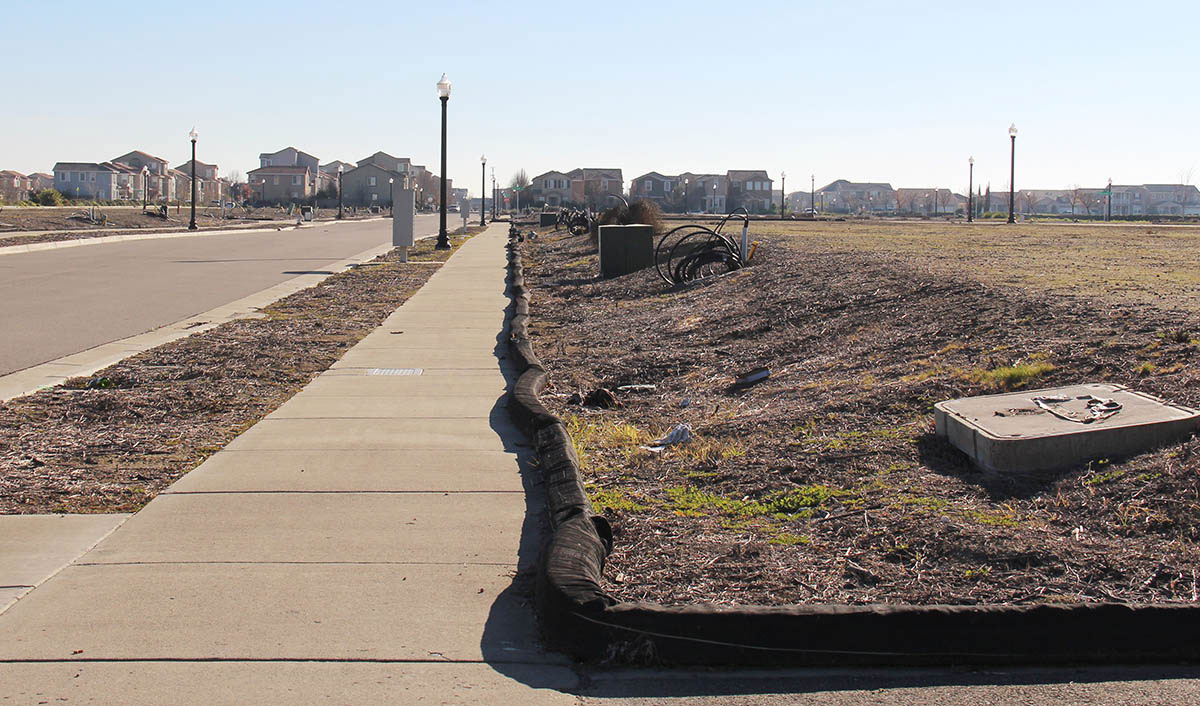
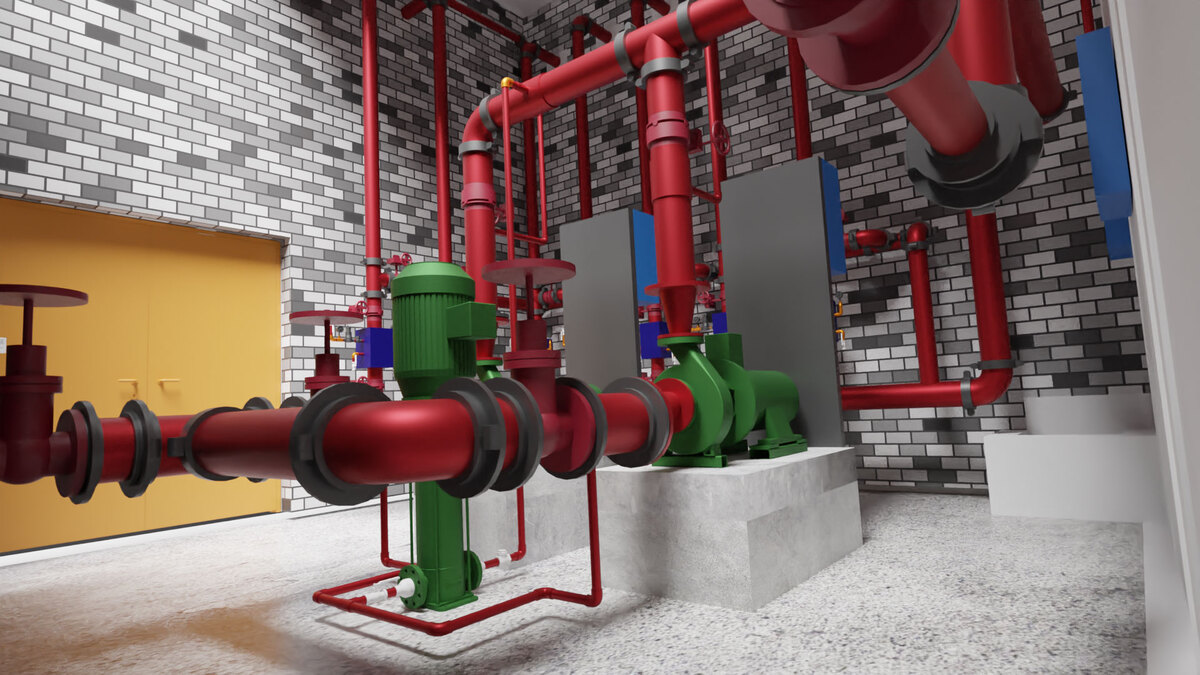
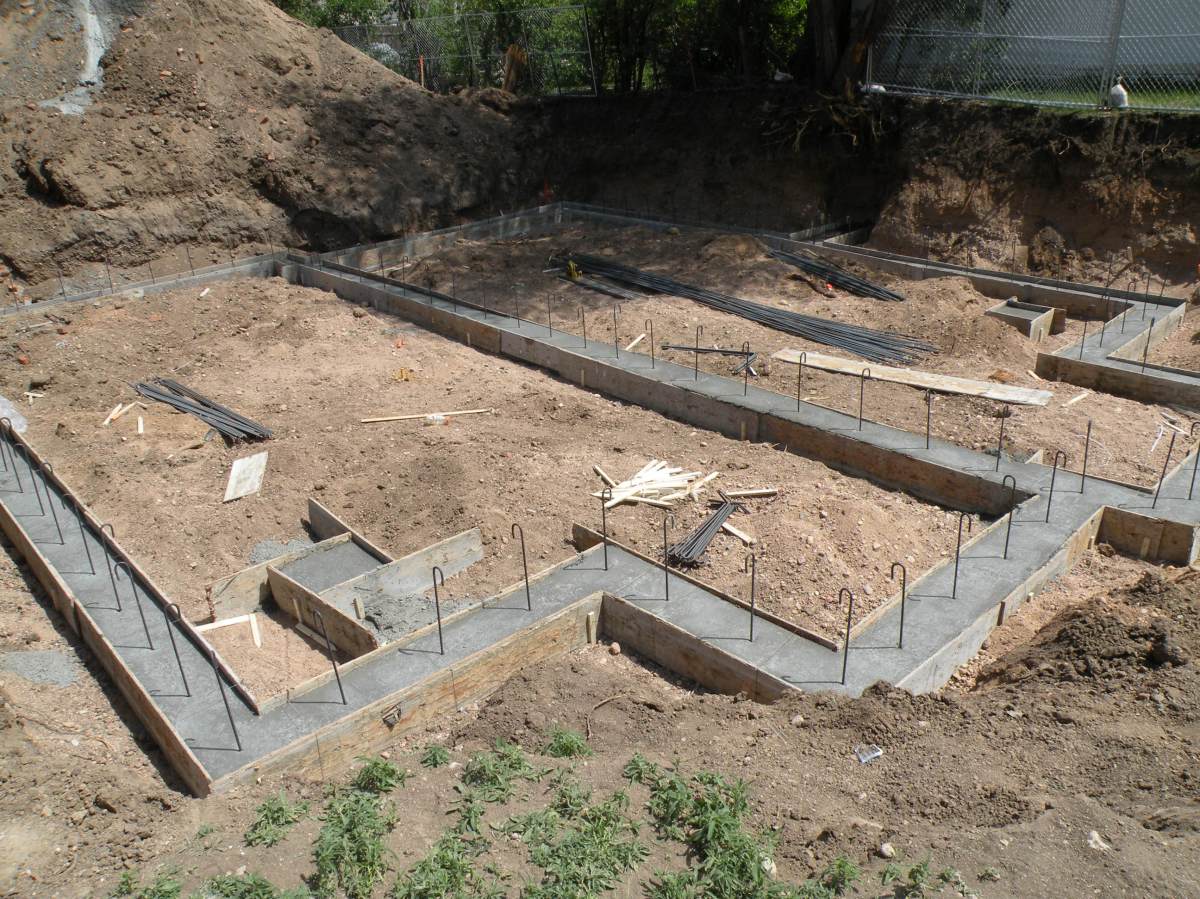
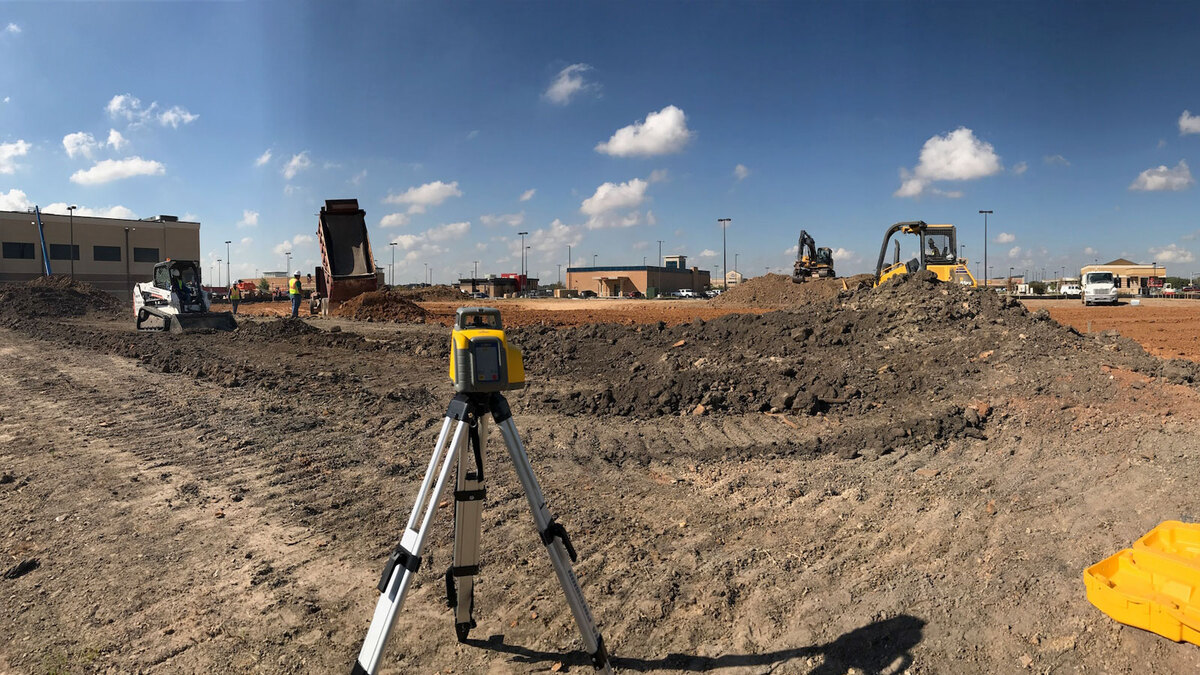

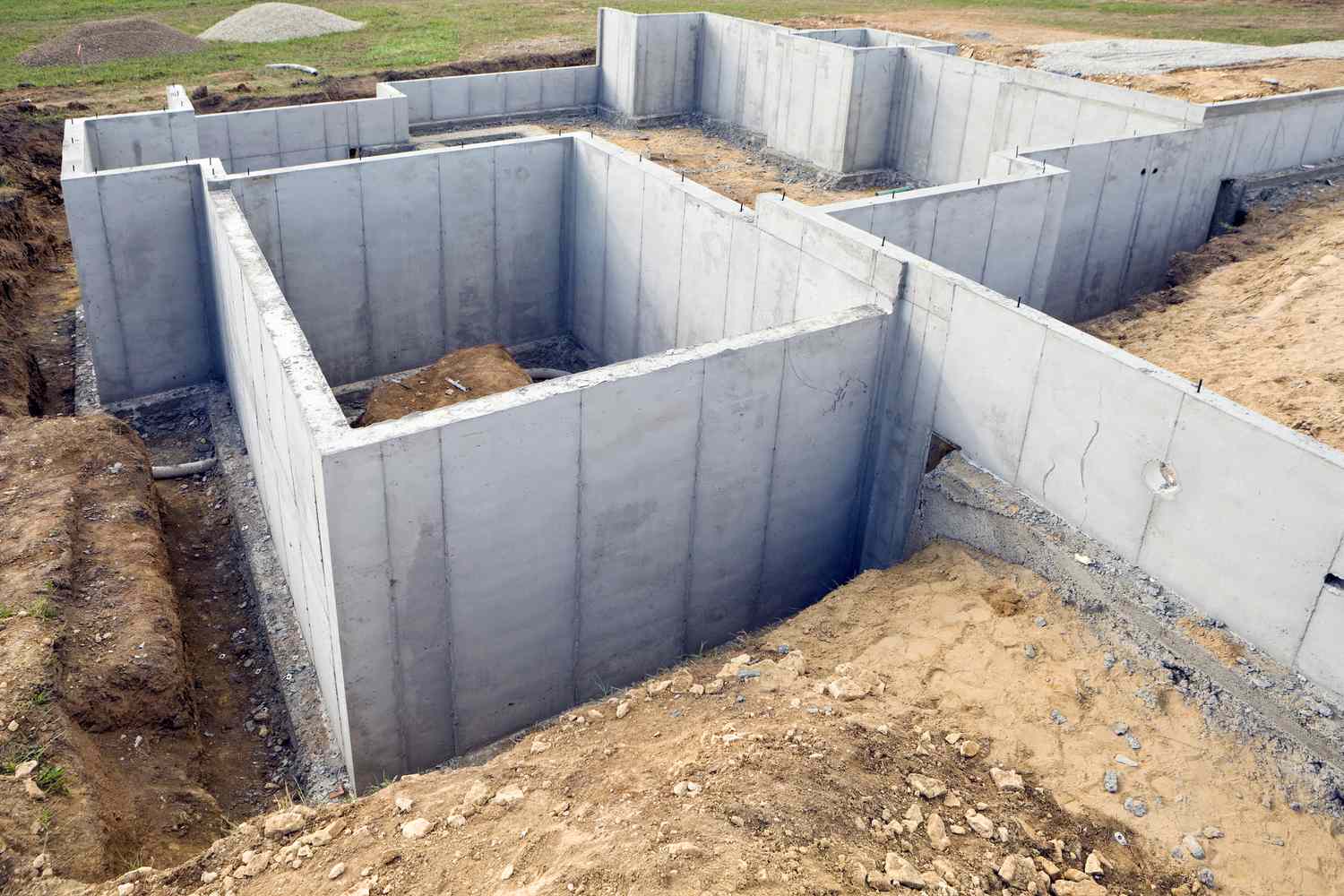
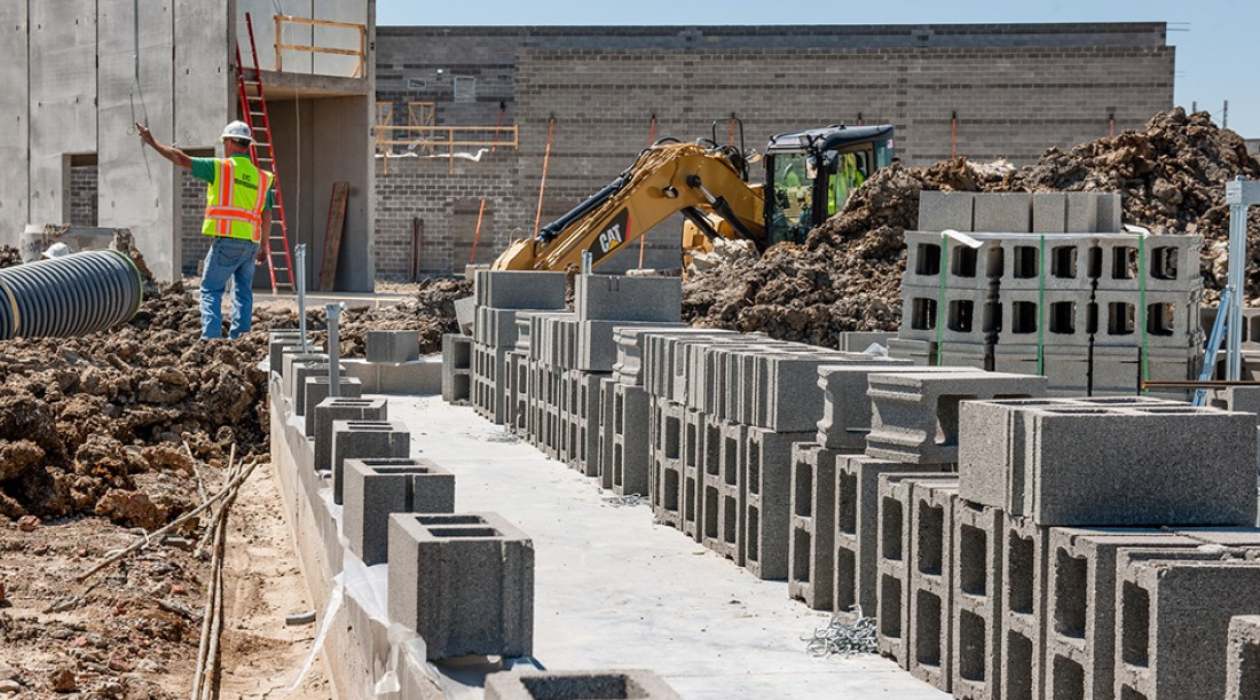



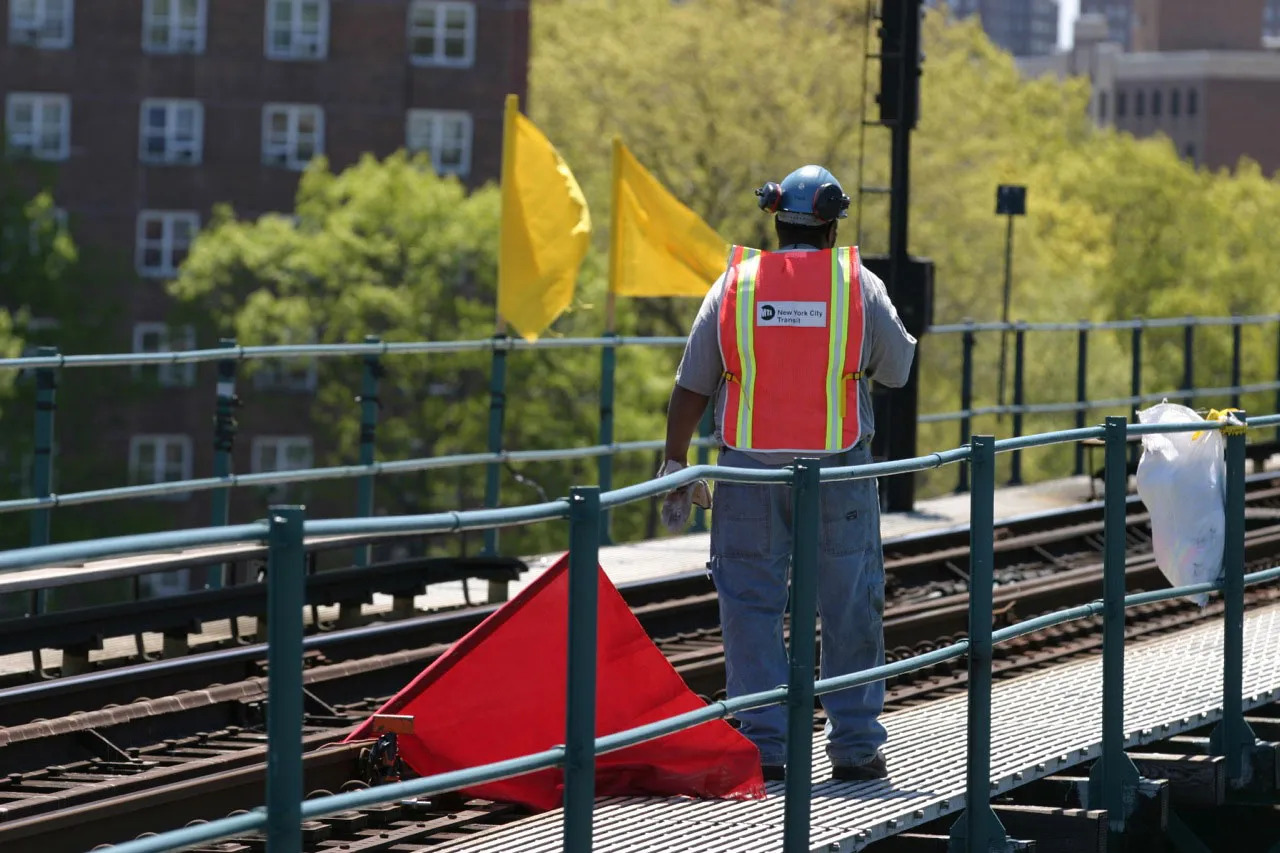
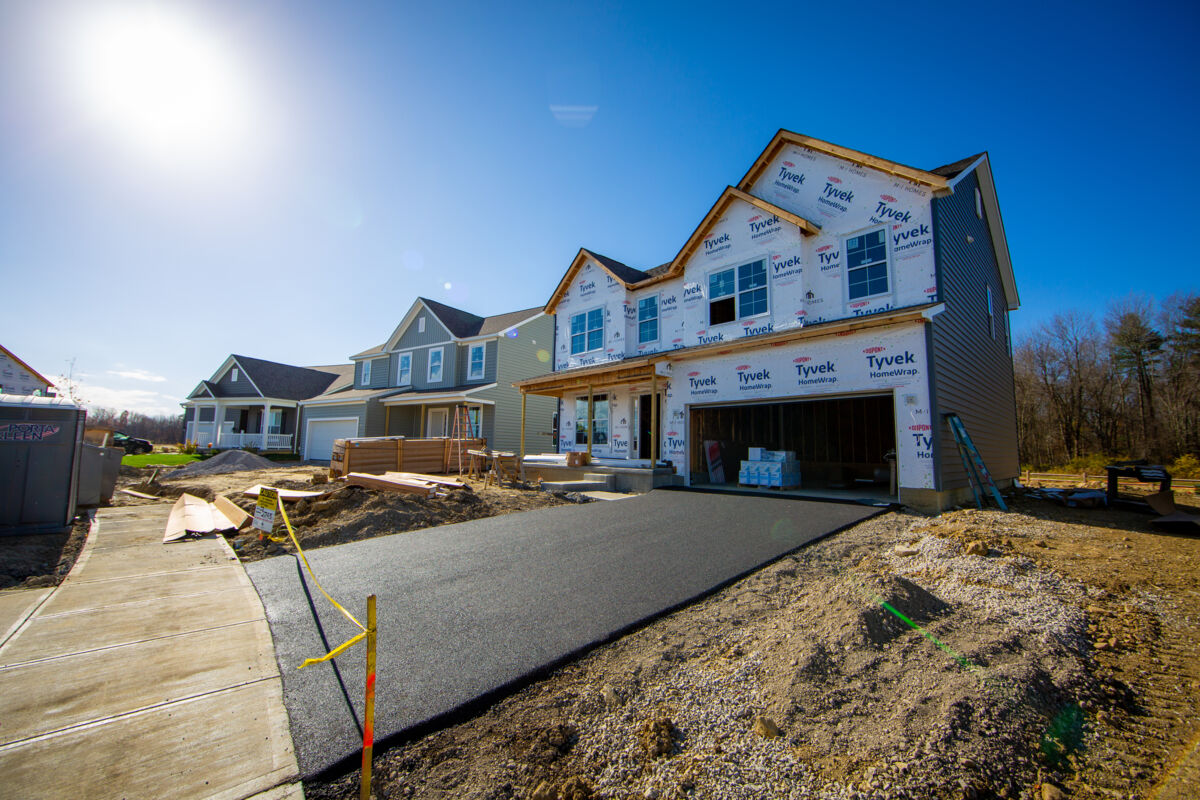
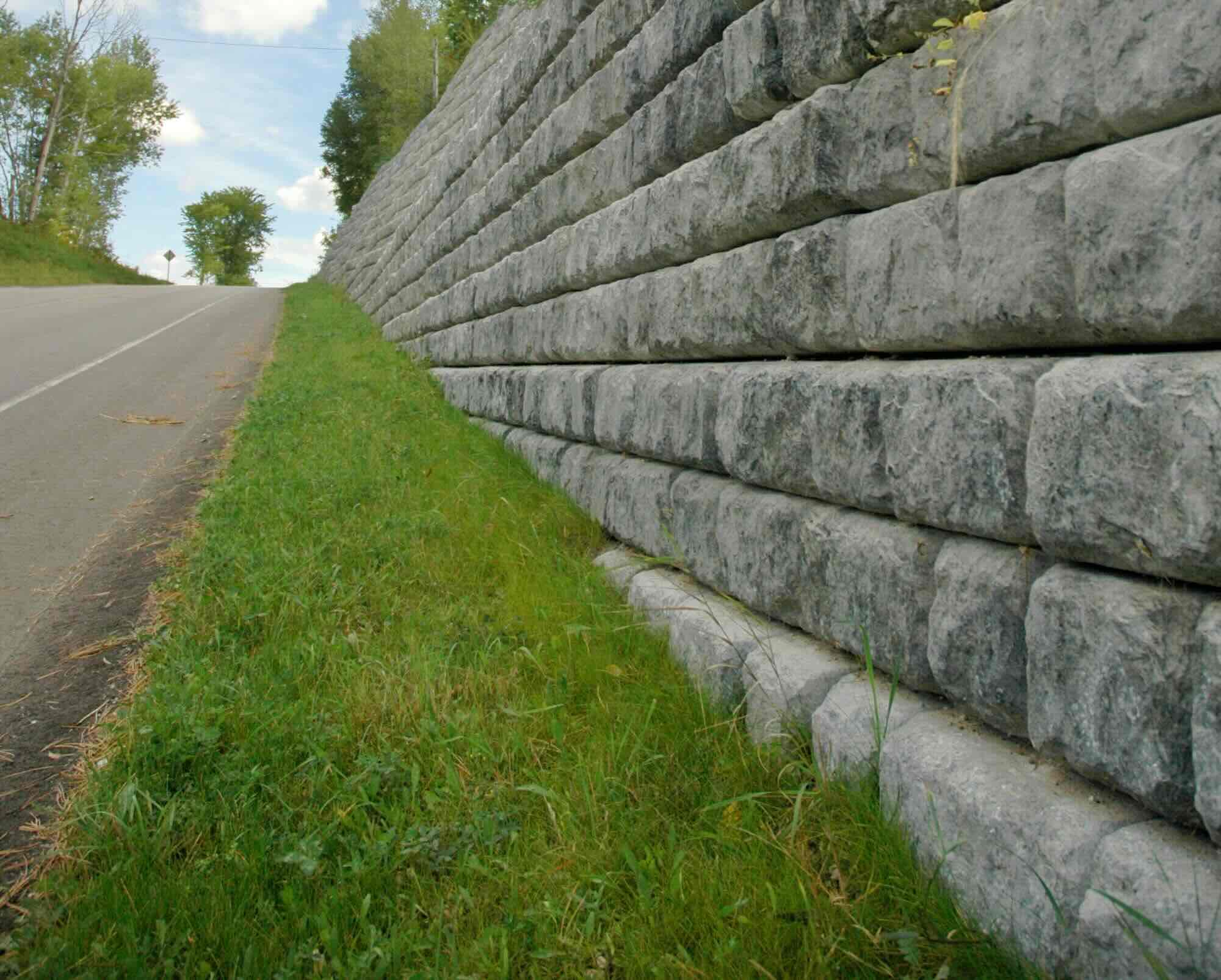

0 thoughts on “What Is A Corbel In Construction”